Renegade Editor’s Note: She concludes by saying that Communism and socialism will never work, but National Socialism was working rather well until the world powers ganged up on Germany.
By Daisy Luther
As those of you who are newsletter or Patreon subscribers know, I spent a month in Romania learning more about the history of this fascinating country. One thing I became particularly interested in was the more recent history of socialism and communism in the country. It’s important to note that throughout the life of Nicolae Ceausescu, the words “communism” and “socialism” were used pretty much interchangeably, and that’s because no matter what idealists want to admit, they’re the fruit of the same poisonous tree.
For every young person who says, “This is different, it’s democratic socialism,” please take note: it always starts out “differently” but it always ends in the same place.
Following is my personal interpretation of this history, based on personal research inspired by visits to museums, historical sites, the Palace of the Parliament, conversations with Romanians, and the home of Nicolae Ceausescu and his family. It’s an interesting example because it’s so recent. I believe it can be used as a case study for how this form of government is instituted, how things devolve, and how it ends up. This is the road we do not want to take, but it’s the road being laid out for us by many in power.
The making of a dictator
Nicolae Ceausescu had humble origins. Born in 1918, he grew up poor as one of ten children in a small rural town outside of Bucharest, Romania. He worked in a factory by the time he was 11 years old, and by the time he was 14 he had joined the Romanian worker movement. This was the precursor of the Communist Party in Romania and was sometimes called the Romanian Socialist Workers’ Party or the Peasant Workers’ Bloc. What we can take away from this is that the early targets are always those who are struggling to survive financially.
Ceausescu quickly became a notable figure in the Communist Youth party and he spent more than two and a half years in prison shortly after his 18th birthday. There, he was beaten and abused so severely that he developed a stutter that never went away. It was also in prison that as fate would have it, he met Gheorghe Gheorghiu-Dej, a revolutionary who introduced him to Marxist-Lenin philosophies, as well as Communist Party leaders.
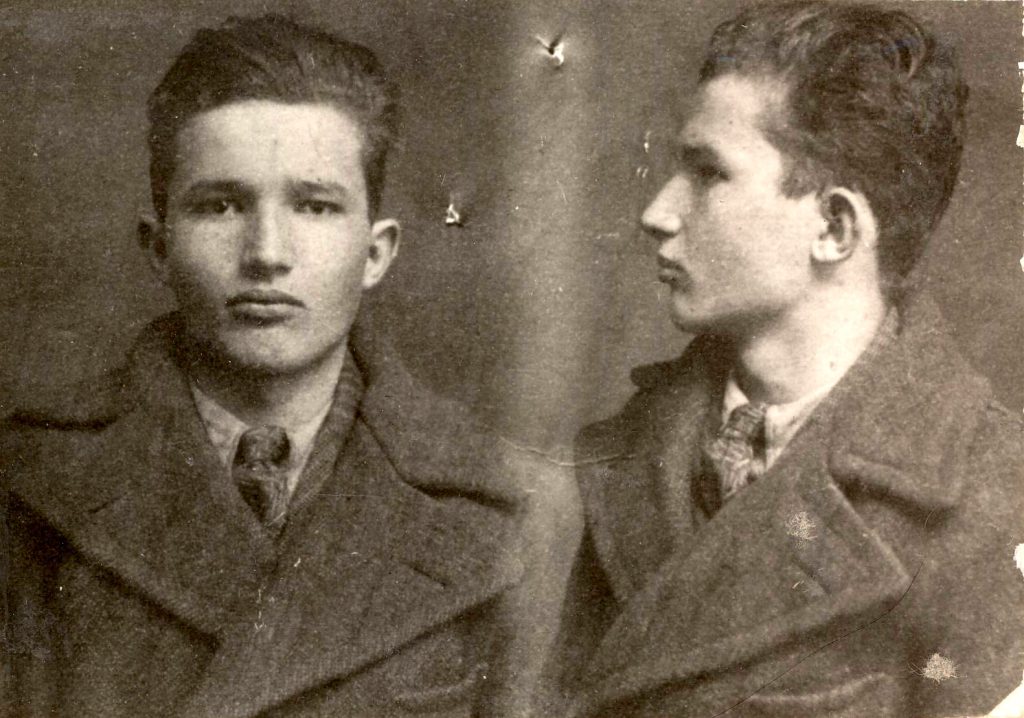
Ceausescu’s mug shot, age 18
In 1939, he met Elena Petrescu, a fellow staunch member of the Communist Party. By all reports they were so in love they never looked romantically at another person. By 1940, he was back in prison, where he spent the better part of World War II. He escaped from prison in 1944, and married Elena in 1946.
In 1947, the Romanian Workers’ Party seized control of the country. Ceausescu’s prison buddy, Gheorghe Gheorghiu-Dej, had been selected as the Communist leader of Romania from 1944 to 1954 and served a 3-year stint as the Prime Minister in the middle of that time. Under Gheorghiu-Dej’s rule, Romania was considered one of the most loyal satellite states of the Soviet Union. Gheorghiu-Dej tapped his protege, Ceausescu, to serve in ever more powerful positions in his administration. He first headed the Ministry of Agriculture (1948–50), then served as Deputy Minister of the Armed Forces as a Major General from 1950-1954. Finally, he held the second-highest position in the party hierarchy under his mentor.
During this time, Ceausescu showed a great willingness to subjugate his fellow Romanians for “the good of the Homeland.” He was particularly involved in the forced collectivization of agriculture. Under his authority, there were over 80,000 arrests of peasants, 30,000 of whom were imprisoned. Those who were arrested were opposing the expropriation of private holdings to the ownership of the state. Ceausescu was said to have personally led the military units that suppressed the uprising and ordered the opening of fire from the machine guns in the trucks accompanying the tanks killing and wounding the protesters. Other peasants were imprisoned for “rebellion” and “conspiring against social order.”
During this time, nearly all personal property was lost to the State. People who had nothing at the beginning approved of the situation, but those who owned homes or businesses were not happy.
It was of little surprise that when Gheorghiu-Dej died of lung cancer that he had selected Nicolae Ceausescu as his successor. So it was that in 1965, he was elected the general secretary of the Romanian Communist Party and the de facto leader of Romania.
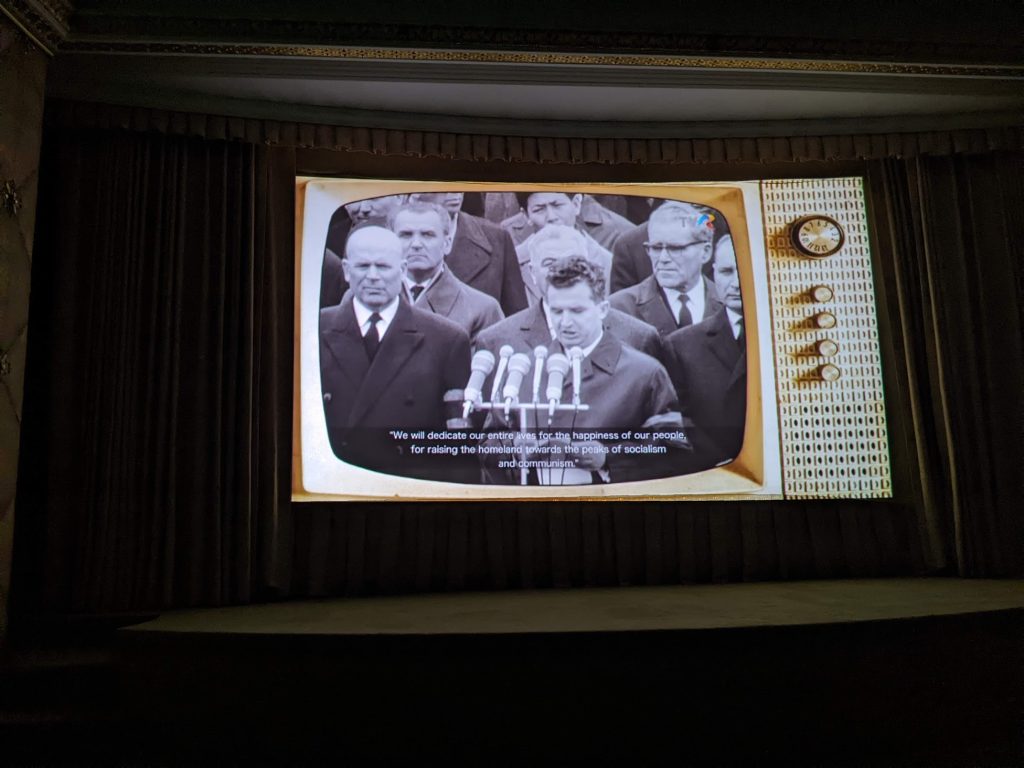
Ceaucescu and his wife created a cult of personality. Elena was called the “Mother of the Nation” and focused mightily on her appearance. She was as power-hungry as her husband, and he looked to her throughout his life for advice.
Initially, Ceaucescu tried to win over the West.
He seemed initially like he was loosening the iron grip of the Soviet Union and communism. He relaxed censorship and ended Romania’s participation in the Warsaw Pact. He wouldn’t take part in the invasion of Czechoslovakia in 1968 and even condemned the act.
This led to accolades from the Western world. Our own presidents, such as Nixon, Ford, and Carter, praised Ceausescu. They ignored his human rights violations, helped him destroy the Romanian economy, and, many suspect, helped to keep him in power.
Nixon and Ceausescu exchanged state visits and seemed to have a friendship.
President Carter said that he and President Ceausescu “share common beliefs” and adding: “We believe in strong national sovereignty. We believe in preserving the independence of our nations.” He also praised Ceausescu’s stance on human rights.
Ceaucescu focused on making his country a successful player in the world economy. To that end, he borrowed a significant amount of money from the IMF. He had many manufacturing facilities built, and wanted to export cars and other merchandise. But the factories were poorly funded, the workers were not trained, and they certainly weren’t motivated.
Meanwhile, a culture of communism was being created.
While all of this was going on, Ceaucescu was creating a culture that would worship at the altar of communism and it began with the children.
First of all, abortion was completely outlawed. Many people would agree with this, but not with the reasoning. It had nothing to do with moral beliefs. It was outlawed because the fetuses were considered the property of Romania, and an abortion was “destroying state property,” a heinous crime at that time. An explosion of births at the same time that personal property and profit were revoked meant that many children ended up in absolutely horrifying state facilities. “Ceausescu’s children” have long been a topic of national shame. If you ask about it, most people will look annoyed and refuse to discuss it. To learn more about the orphanages in this era, this article is very thorough and goes along with what I learned.
But these weren’t the only children affected.
Women were forced to “do their part” and go to work, so their newborns were put into state care as soon as the mothers were well enough to work. The children were sent to a nursery school from infancy to age 3, then from 3-5 a preschool, where they learned songs about the homeland. Older children were required to attend school 6 days a week throughout most of the year. Part of their education, of course, was about the benefits of communism. Furthermore, after-school programs were also required, and the children had to make vows of loyalty.
It amazes me that children who were raised in this atmosphere ever rebelled against communism after being brainwashed practically from birth and never exposed to any other way of life.
The dominoes began to fall.
As we’ve discussed here before, collectivization has never worked and has always ended in starvation. Romania was no different. While improving the economy and creating exports sounds like a great idea, the debt incurred to do so was crippling. But by the 1980s, Romania was meeting every debt payment and getting ever closer to completely paying off their debt.
However, they were doing it on the backs of the people.
Huge amounts of food were exported to pay the debts, not leaving enough to feed Romanians. As I mentioned before, Ceausescu was actively attempting to increase the population, putting even more financial stress on people.
Rations were doled out of bread, milk, cooking oil, sugar, and meat, but only outside of Bucharest. Children were forced to work in fields to produce more food. If you were caught storing food, you would face imprisonment. Ceausescu introduced a “Rational Eating Programme” to justify this, saying that it was to make Romanians healthier because they were eating too much. The initial goal was to reduce caloric intake by 15%, and this was lowered again after two years.
But that wasn’t all. Wages were lowered, and price ceilings were enforced, leading to lower quality and more limited goods. Electricity and heating were capped, often being turned off completely in the frigid winter. Hot water was only allowed one day per week. In a couple of the places I stayed, the buildings still had the old communist-era systems where heat and hot water are completely controlled by the area. (Although now, there aren’t caps, and these resources are pretty widely available.)
Gasoline was also rationed and so severely limited that many industries had to revert to manual and animal labor instead of machines.
Meanwhile, the Ceausescu family lived a decadent life in an affluent part of Bucharest. Their home was tightly guarded. It was loaded with priceless gifts from heads of state from around the world, like antique Chinese vases, a rug from the Shah of Iran, Delft pottery, and more. They had a bathroom slathered with gold plating while the people were starving and freezing. They had an indoor pool lined with mosaic tiles and surrounded by art mosaics. They had a sunroom filled with tropical plants in the upstairs of their mansion because they couldn’t safely spend time outdoors. Elena had closets bigger than many people’s apartments, filled with fashionable clothes.
Here are some photos I took at the mansion.
But that wasn’t the only insult to Romanians.
While the dark days of Romanian austerity were occurring, Ceausescu had a grand vision. He wanted to build a Palace of the Parliament that would be the head of government in Romania. It was inspired by the “societal organization and mass adulation” that he saw surrounding the government when he had visited North Korea. The surrounding residential neighborhood was destroyed, as well as the National Archives, a prominent hospital, and several monasteries.
The building was the most elaborate in Romanian history and now holds the record for the heaviest building in the world. It’s positively enormous and it’s filled with decadent furnishings, nearly all of which were sourced in Romania. Marble, tapestries, velvets, silks, intricate chandeliers, and richly carved wood fill the halls. Below are some of the photos I took during my tour.
Everything is absolutely massive in scale. For example, the chandelier in the last photo weighs five tons, and the lightbulbs must be changed from the floor above it. The stairways are sold in Transylvanian marble. The curtains in the stairwell weigh 250 pounds per panel.
It was built by forced labor. Three shifts, twenty-four hours a day, seven days a week, the Romanian Army and “volunteers” created this beautiful building. People died during the construction phase, but nobody knows how many. No exact cost has ever been agreed upon but it’s estimated that the building cost $6 billion USD in 1980s dollars.
Ironically, Ceausescu called it “The People’s House.”
A house they were forced to build. A lavish extravaganza of expense while they were starving, freezing, and unable to drive their cars.
Nothing sums up the end result of communism more than that.
While I should have been awestruck by the beauty of the building, all I could think about was the people starving while the national elite luxuriated in opulent surroundings built off their backs.
And then, the People had enough.
This story of Ceausescu’s rise from poverty to the height of power doesn’t have a happy ending for Nicolae or his family.
In December of 1989, the government attempted to evict an ethnic Hungarian pastor named Laszlo Tokes from his home in the city of Timisoara. Members of his congregation surrounded his home to protect him. Then, students joined the demonstration, which rapidly evolved from defending the pastor to an anti-government event. Government forces, the military, and the police opened fire on the protesters, killing 58 men, women, and children and injuring hundreds more.
And that was the beginning of the end. The revolution was on.
Ceaucescu had gone on a state visit to Iran on Dec. 18th, leaving his forces to settle the issue at Timisoara. He returned on the 20th and gave a televised speech, blaming the incident on an “interference of foreign forces in Romania’s internal affairs” and an “external aggression on Romania’s sovereignty.”
The next day, December 21, he called a mass meeting in what is now called Revolution Square. He gave one of his trademark fiery speeches, praising his own “socialist revolution” and again trying to shift the blame for Timisoara away from his government, blaming it on “fascist agitators who want to destroy socialism.”
But the crowd was not having it. They began to jeer and boo him.
You can see the look of shock on his face at the response in the video above. The Ceausescu’s had to take cover, and Bucharest erupted in revolt.
On December 22, Ceaucescu took control of the military after his defense minister, Vasile Milea, committed suicide. The rebellion had spread to every major city in the country. The soldiers thought that Milea had been murdered, however, and switched sides to join the revolution. Ceaucescu attempted to address the crowd that had gathered in front of the Central Committee building but they began pelting him with stones. He, his wife, and four others fled to the roof of the building where they were evacuated by helicopter.
They were captured on Christmas day in the city of Targoviste. They were immediately tried by a court convened by the provisional government. They faced charges of undermining the economy, the illegal gathering of wealth, holding one billion dollars in banks outside of Romania, and genocide. The trial was just for show, and of course, they were found guilty on all charges.
They were executed by firing squad so quickly that the journalist taping the proceedings did not catch it all. Elena was defiant to the end, shouting abuse, and Nicolae tried to protect her. The video of the trial and execution is obviously graphic in nature.
Their children were also arrested but not executed. Zoia, their daughter, spent eight months imprisoned for “undermining the Romanian economy.” She was never able to return to her previous job as a researcher at the Institute of Mathematics. She died of lung cancer in 2006. Nicu, their youngest son, was a communist politician and did not fare as well. He was imprisoned first for holding children as hostages and economic crimes, then again in 1990, when he was found guilty of misuse of government funds and sentenced to 20 years in prison but released after only two years because he had developed cirrhosis of the liver. He died 4 years later of the disease. Valentin, the oldest son, spent nine months in prison and was forced to watch his parents’ trial and execution on television during his imprisonment. He never faced any charges and returned to his career as a physicist. He has never participated in politics and still lives in Bucharest on his pension of approximately 450 euro per month.
After communism
The road to recovery hasn’t been easy for Romania; however, things have steadily improved after communism and its purveyors were eradicated.
The country is the biggest EU exporter of wheat along with France, benefiting the economy rather than starving its people as happened under Ceausescu. Per-capita gross domestic product has risen 10-fold since the 1989 revolution, lifting millions out of abject poverty.
The Brookings Institute offers the following achievements:
People were able to go to court to reclaim personal property that had been taken away from their ancestors by the communist regime. Life improved drastically for many people.
My observations
My own observations are that it is a country that is on the way up. The beautiful buildings in the city center are being painstakingly renovated, and construction is everywhere. People own their own businesses. Restaurants abound. Tourism is a boon to the economy. It’s a beautiful country filled with warm, friendly people. I was able to talk to a lot of people about their experiences, many of whom shared their memories of that day when the Ceausescus were executed and everything changed.
But there were a couple of people to whom I spoke that said Nicolae Ceausescu was a great man who was misunderstood. One of them favorably compared him to President Trump, explaining he was simply very pro-Romania.
I also thought about how easily this had happened. The first people targeted were those who had nothing and, thus, nothing to lose. They had everything to gain in their minds, such as a place to live, food to eat, etc. But once enough of those people were on board, “you’ll own nothing, and you’ll be happy” was forcibly instituted. People who had something to lose lost it, and they had been silent before, so there was nothing that they could do. This shows how important it is to be careful who becomes the leader of a country, and also the urgency of responding immediately when threats to our way of life occur, instead of waiting until it directly affects us.
Then the children were targeted. I’m still rather shocked that children brainwashed as I described ever revolted against the government, but these were exactly the ones who staged a rebellion – second-generation communists, born and bred.
It’s a complicated history, but there are a lot of lessons we can learn from it. It’s a cautionary tale that we’d be wise to heed, and the moral of it is, no matter how good it sounds, no matter what promises are made…
Socialism.
And.
Communism.
Never.
Work.
Here’s some related reading that’s even more chilling after reading about life in Romania:
What are your thoughts?
Any mistakes in the retelling of this story are my own, based on my poor Romanian language skills and the inability to always take notes while in the midst of touring. But I was profoundly touched by the stories I heard and the things that I learned. I’ve always been pro-capitalism and pro-liberty, but seeing the results of losing those precious freedoms firsthand was profound.
Do you know more about Romanian history that you’d like to add? Do you see any similarities between the stories I shared and the situation in the United States? Are you concerned we could go down this path? Is there a figurehead like Ceausescu that you could see as leading the way?
Let’s discuss it in the comments section.
Daisy Luther is a coffee-swigging, adventure-seeking, globe-trotting blogger. She is the founder and publisher of three websites. 1) The Organic Prepper, which is about current events, preparedness, self-reliance, and the pursuit of liberty; 2) The Frugalite, a website with thrifty tips and solutions to help people get a handle on their personal finances without feeling deprived; and 3) PreppersDailyNews.com, an aggregate site where you can find links to all the most important news for those who wish to be prepared. Her work is widely republished across alternative media and she has appeared in many interviews.
Daisy is the best-selling author of 5 traditionally published books, 12 self-published books, and runs a small digital publishing company with PDF guides, printables, and courses at SelfRelianceand Survival.com You can find her on Facebook, Pinterest, Gab, MeWe, Parler, Instagram, and Twitter.
Source: The Organic Prepper
Author: Thanks for being a reader of this site. Your contributions make this all possible. You can send support to: Kyle Hunt, PO Box 1052, Sorrento FL 32776. Bitcoin address: 1AfppjYZddJzc2C15PXKMsnyBPjPJQezwA . CashApp: https://cash.app/$thekylehunt
 RSS Feed
RSS Feed













 July 15th, 2023
July 15th, 2023  Awake Goy
Awake Goy 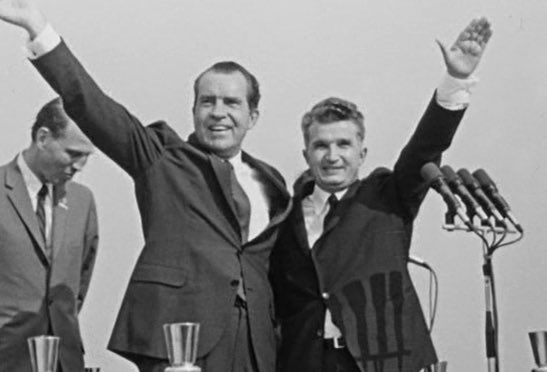
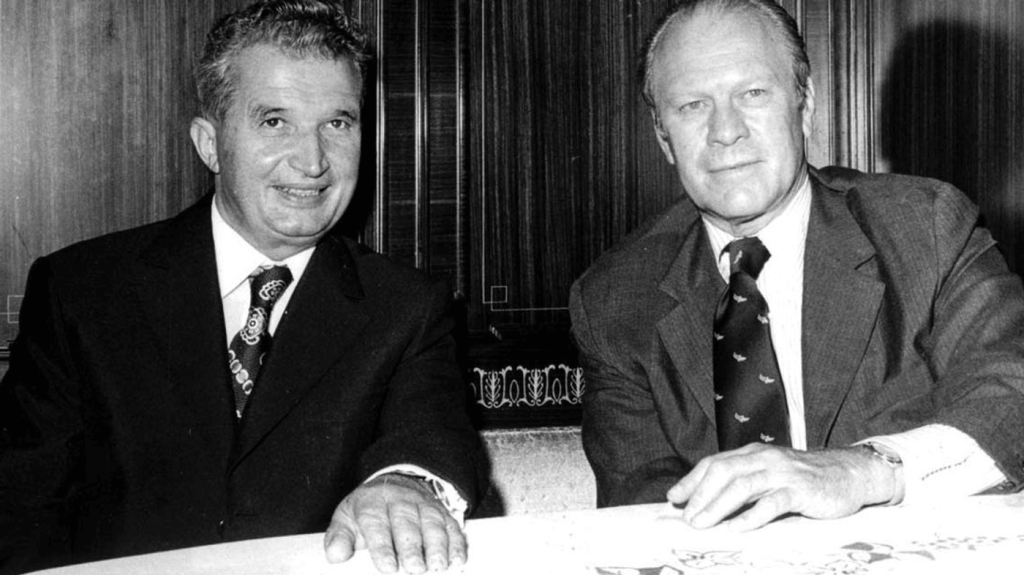
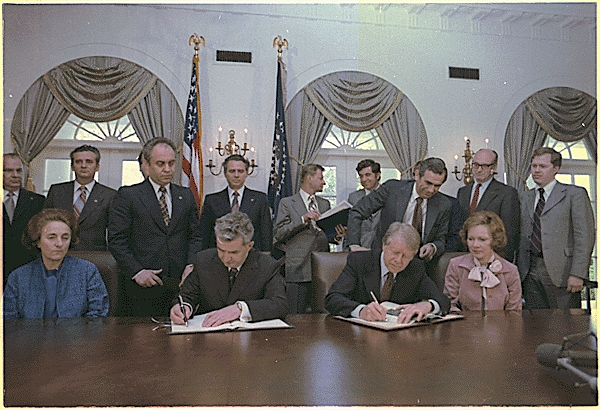
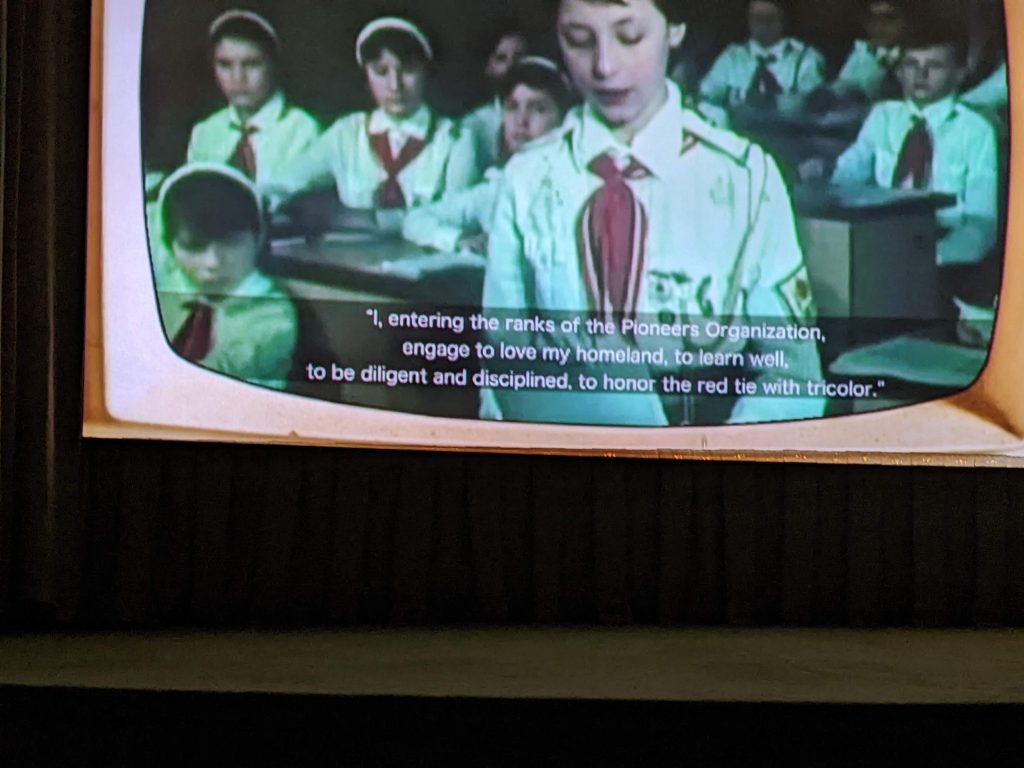
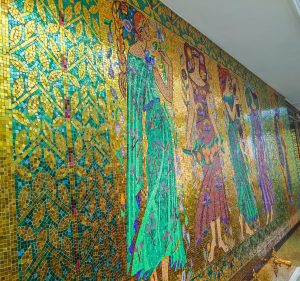

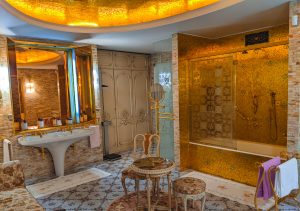
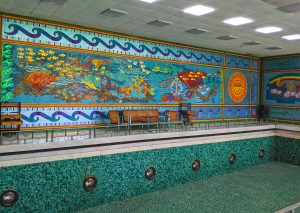
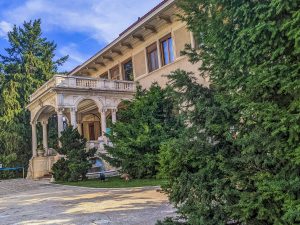
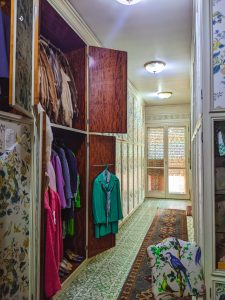
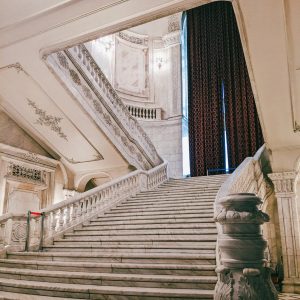
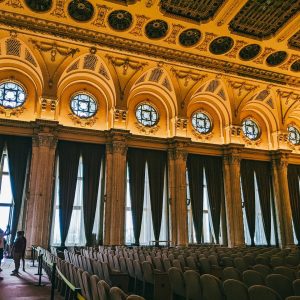
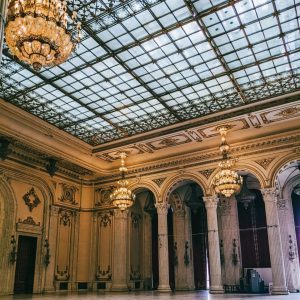
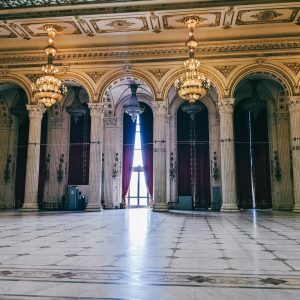
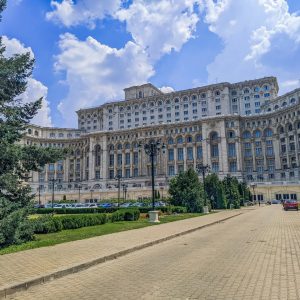
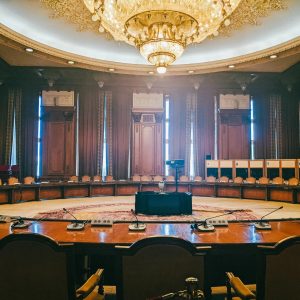
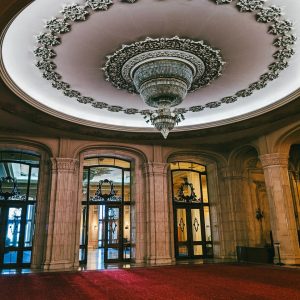
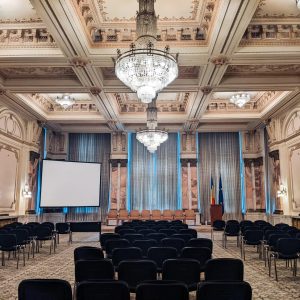

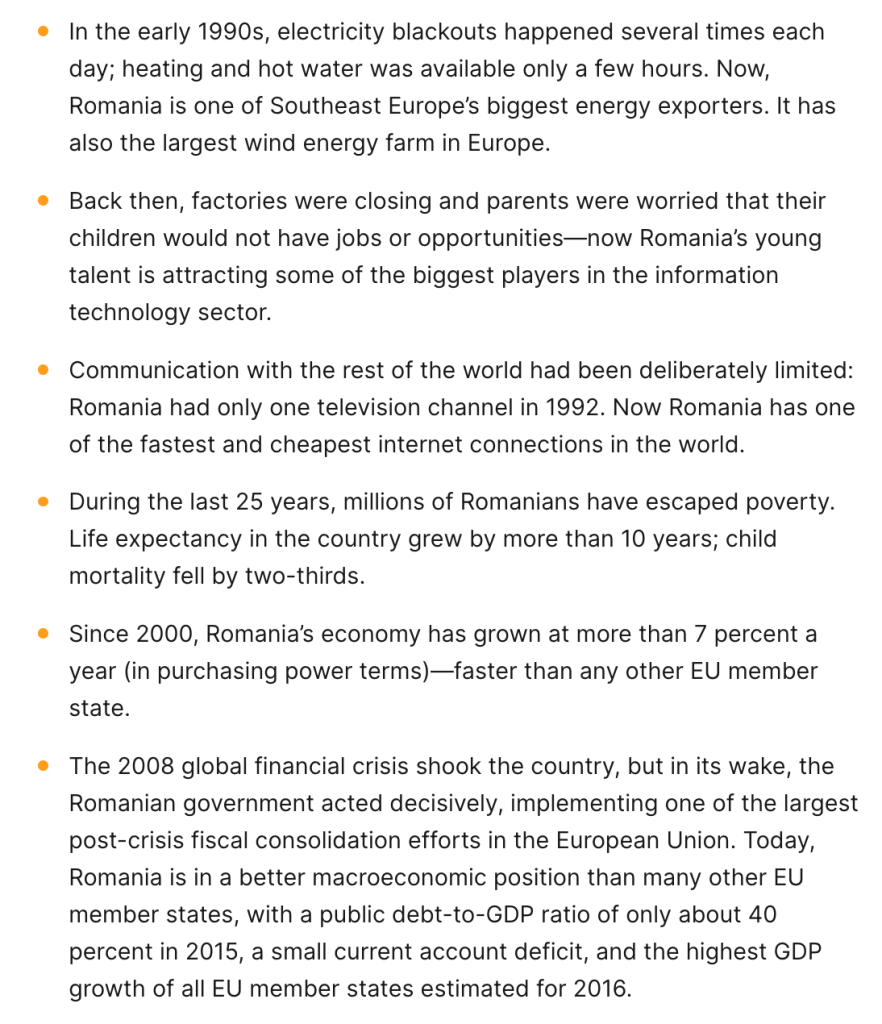

 Posted in
Posted in  Tags:
Tags: 
















